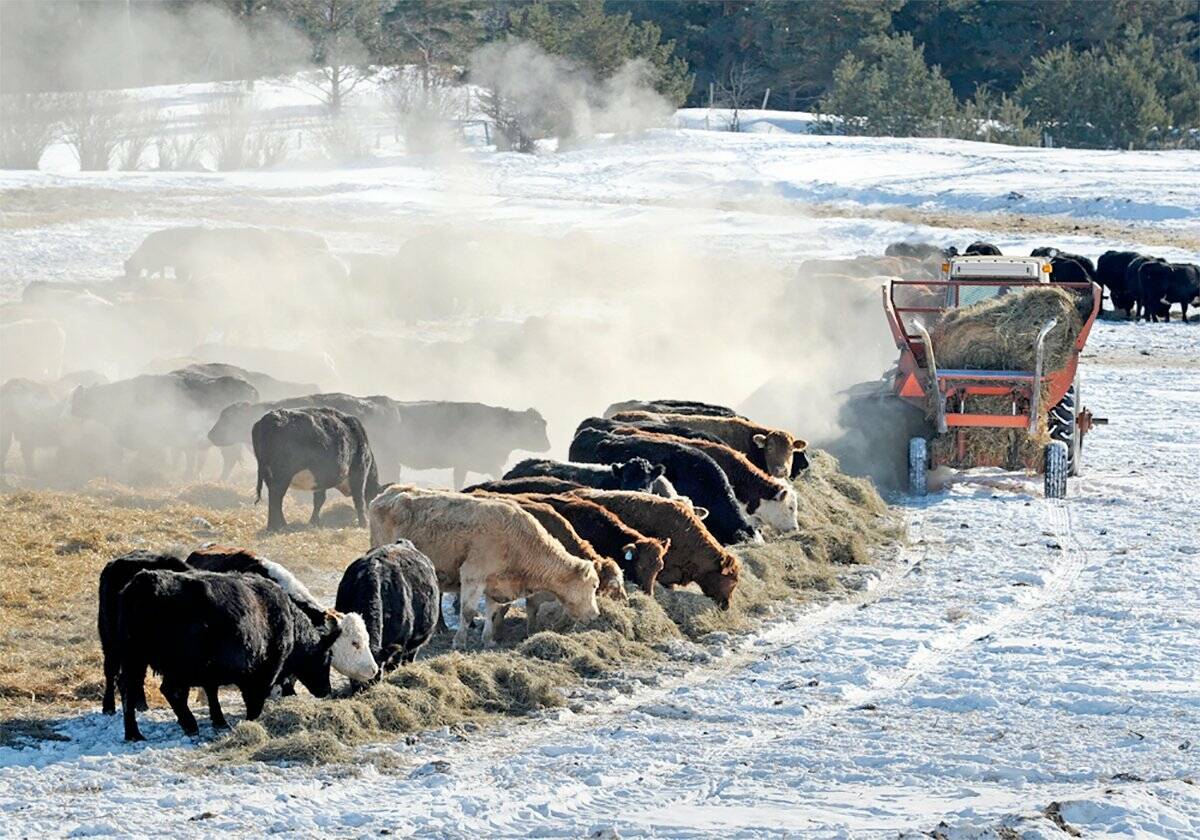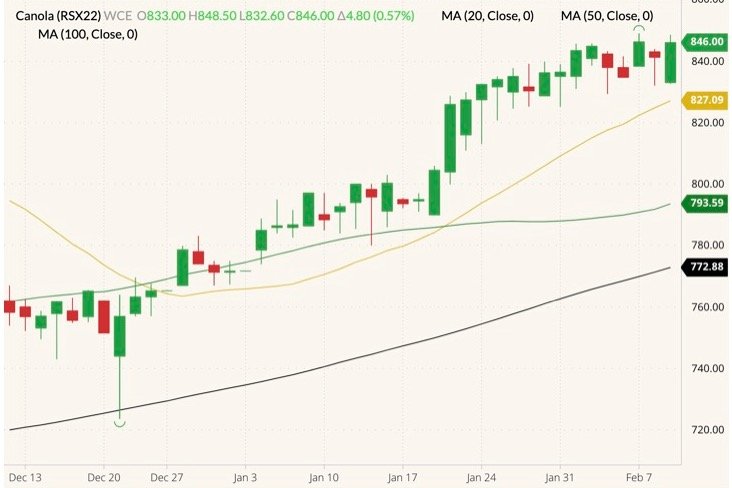MarketsFarm — At a little more than halfway through the 2021-22 marketing year for canola, a trader asserted the Canadian oilseed now lacks the ability to move independently. Rather, it will follow the ups and downs in oil and meal markets.
“[Canola] did its thing months ago,” trader Ken Ball of PI Financial in Winnipeg said, noting that if it weren’t for the gains made in the products “that canola would have collapsed very violently.”
He described old-crop canola as now being “a stale, old bull market waiting to expire,” pointing to the new-crop contracts as the ones to watch. In recent sessions those new-crop positions pushed back above $800 per tonne.
Read Also

Klassen: Feeder market has volatile week
For the week ending November 29, Western Canadian feeder cattle markets traded $10/cwt higher to 10/cwt lower compared to seven…
“New-crop canola is very attractively valued. From a commercial point of view, it’s got nice healthy, comfortable margins,” Ball said.
On another point, he said there were moves by other traders to make money from the supply and demand estimates issued by the U.S. Department of Agriculture on Wednesday. There were strong rumblings of deep cuts ahead to USDA’s estimates for South American soybean production. He cautioned that such is never a guarantee.
“The South American crops will be reduced to some degree,” Ball said. “It’s just a question of whether or not it will satisfy the trade.”
USDA reduced its forecast for soybean production in Argentina by 3.2 per cent at 45 million. The department cut Brazil’s output by 3.6 per cent at 134 million tonnes. That put both estimates somewhat above the average trade guess of what USDA would do.
Meanwhile, several private consultancies have lowered their projections for Brazil to below 130 million tonnes, while keeping Argentina well above 40 million.
— Glen Hallick reports for MarketsFarm from Winnipeg.
















